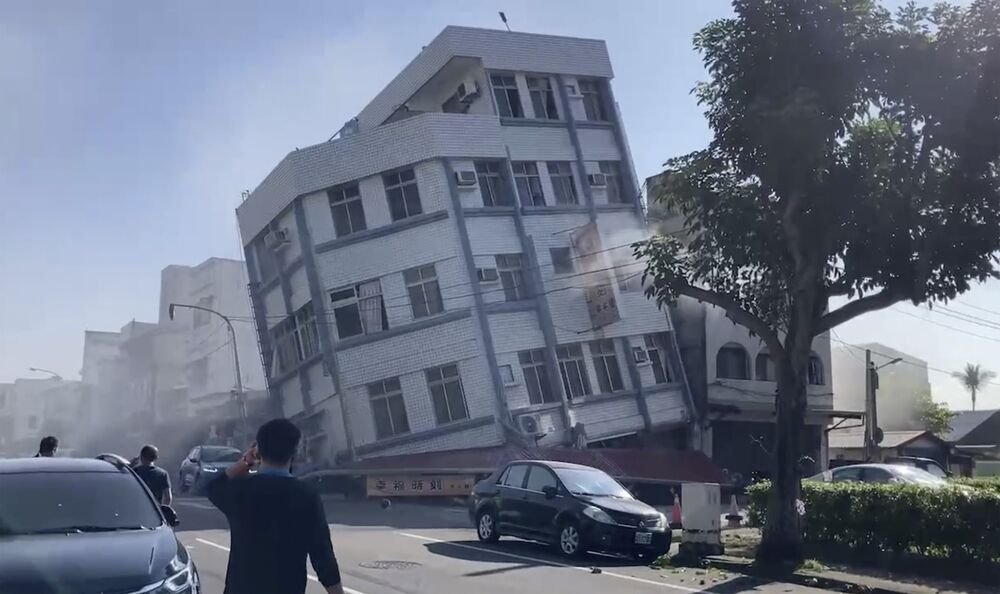Rebuilding Hope: How the Taiwan Government is Aiding Earthquake Relief Efforts
In the wake of a devastating earthquake, the ground isn’t the only thing that shakes. Communities are fractured, lives are upended, and uncertainty hangs heavy in the air. But amidst the rubble, there’s also resilience. And a crucial part of that resilience comes from the support of the government.
Immediate Relief: Tending to the Urgent Needs
The first priority after an earthquake is saving lives and ensuring basic necessities are met. The government often takes the lead in coordinating these critical efforts:
- Search and Rescue: Emergency response teams work tirelessly to locate survivors trapped under debris.
- Medical Care: Field hospitals are set up to treat the injured, and resources are mobilized to manage any outbreaks of disease.
- Shelter and Food: Temporary shelters are established to house displaced individuals, and food and water distribution channels are set up to keep people fed and hydrated.
Moving Towards Recovery: Rebuilding Lives and Infrastructure
The road to recovery after an earthquake is long, but the government plays a key role in facilitating this process:
- Financial Assistance: Grants, subsidies, and tax breaks can help individuals and businesses rebuild homes and livelihoods.
- Infrastructure Repair: Damaged roads, bridges, schools, and hospitals are vital for a community to get back on its feet. The government plays a central role in coordinating and funding these repairs.
- Mental Health Support: Earthquakes can leave a deep psychological impact. The government can provide counseling services and mental health resources to help survivors cope with the trauma.
Building Back Better: Long-Term Resilience
Earthquakes are a harsh reality, but they can also be an opportunity to build back better. Here’s how the government can play a proactive role:
- Earthquake-Resistant Building Codes: Implementing stricter building codes and promoting earthquake-resistant construction can significantly reduce damage in future quakes.
- Early Warning Systems: Investing in and maintaining early warning systems can give communities precious seconds to prepare before an earthquake strikes.
- Public Awareness Campaigns: Educating the public on earthquake preparedness measures can empower individuals to take action to protect themselves and their families.
The Road to Recovery is a Shared Journey
While the government plays a critical role in earthquake relief, it’s important to remember that recovery is a shared journey. Here’s what you can do to help:
- Donate to reputable relief organizations.
- Volunteer your time and skills.
- Spread awareness about the ongoing needs of the affected communities.
By working together, we can help earthquake-stricken communities rebuild their lives, brick by brick, and emerge stronger than before.
After the Tremors: Assessing the Earthquake’s Impact on Taiwan’s Infrastructure
Taiwan, a beautiful island nation, is no stranger to earthquakes. But even the most prepared regions can be shaken by a powerful tremor. The recent earthquake, measuring in at a significant 7.5 magnitude, has left many wondering: how badly is Taiwan’s infrastructure damaged?
Immediate Disruptions: Roads Cracked, Rails Rattled
The most immediate impact is often on transportation networks. Images and reports paint a picture of cracked roads, damaged bridges, and even derailed trains in the hardest-hit areas like Hualien County. This disrupts not only the daily lives of residents but also hampers rescue and relief efforts.
Beyond Transportation: A Look at Buildings and Utilities
Buildings are another major concern. While the extent of the damage is still being assessed, photos show buildings precariously tilted and some with collapsed facades. This raises questions about the structural integrity of buildings across the island, especially older structures that may not have been built with earthquake resistance in mind.
The earthquake’s impact extends to utilities as well. Power outages affected hundreds of thousands of homes, highlighting the vulnerability of Taiwan’s power grid. Water supplies may also be disrupted due to damaged pipes or compromised treatment facilities.
Long-Term Repercussions: A Test of Resilience
The true impact of the earthquake on Taiwan’s infrastructure will unfold over time. Here’s what we might see:
- Economic Strain: Repairs to damaged infrastructure can be incredibly expensive, putting a strain on Taiwan’s economy.
- Business Disruptions: Damaged transportation networks and utilities can disrupt businesses, impacting productivity and potentially causing economic losses.
- Long-Term Housing Issues: Depending on the extent of the damage to buildings, some residents may face displacement or the need for major repairs, impacting housing availability and affordability.
A Look Forward: Rebuilding and Rethinking
Taiwan is known for its resilience in the face of adversity. The government is likely to prioritize infrastructure repairs to get the island back on its feet as quickly as possible. However, this earthquake serves as a stark reminder of the importance of:
- Earthquake-Resistant Building Codes: Enforcing stricter building codes and promoting earthquake-resistant construction practices can significantly reduce damage in future quakes.
- Infrastructure Upgrades: Investing in upgrading and retrofitting existing infrastructure to better withstand earthquakes can save lives and minimize economic losses.
- Disaster Preparedness: Public education and community drills on earthquake preparedness can empower individuals to take action to protect themselves and their families.
Taiwan’s spirit of unity and its remarkable ability to rebuild will be crucial in the recovery process. By working together, the island nation can emerge stronger and more prepared for future earthquakes.

